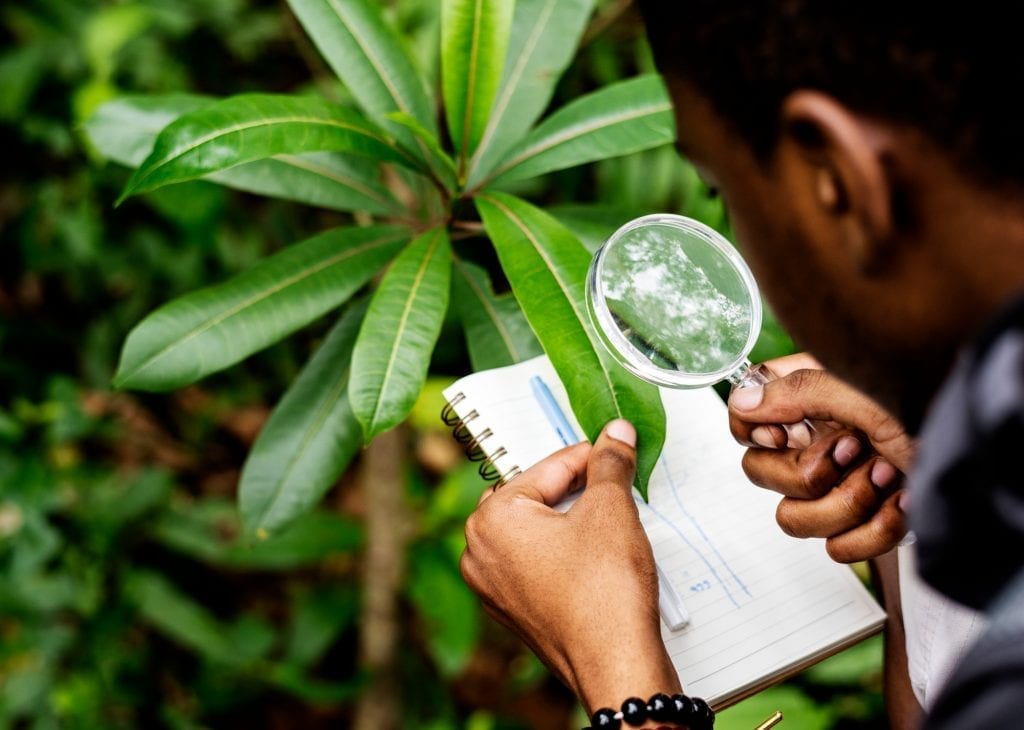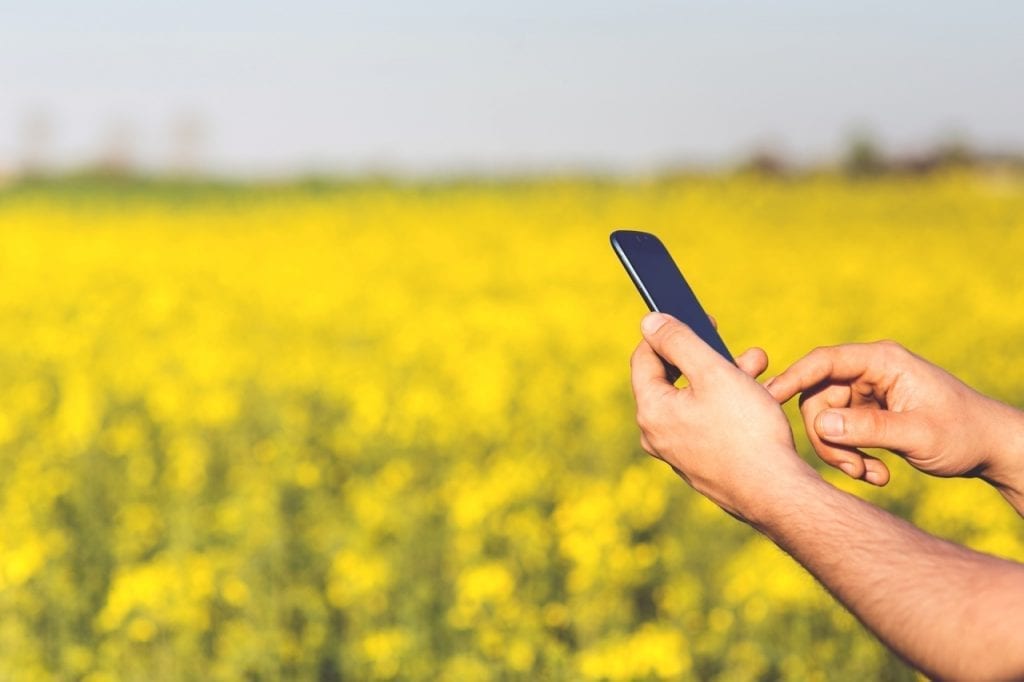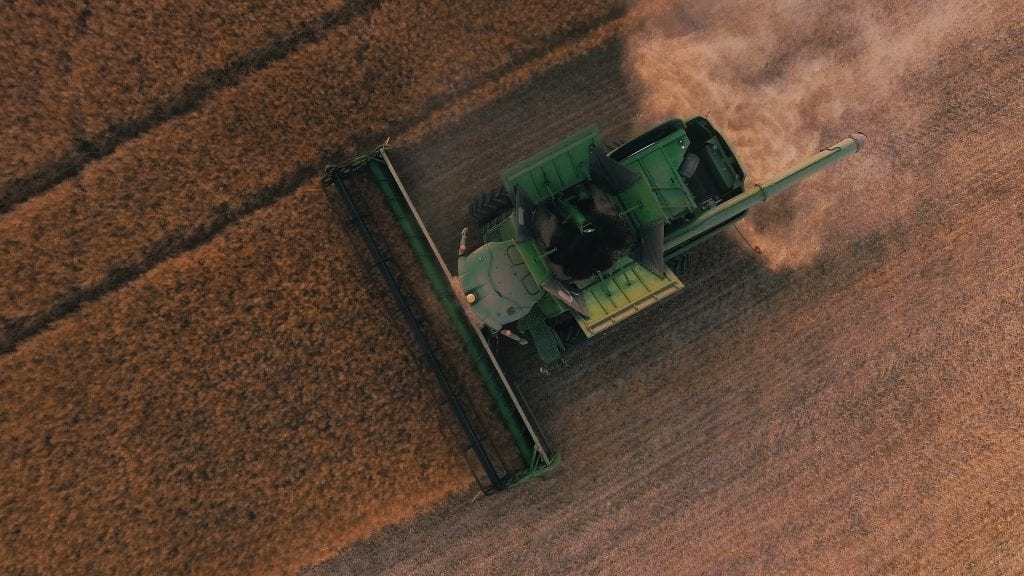No products in the cart.
Agriculture
Digital agriculture: Innovations that promise to revolutionize agribusiness
The increase in the world population creates the need to increase food production in the coming decades significantly. To meet this demand, it is necessary to increase productivity, performance, and sustainability, which will only be possible with digital agriculture and the use of new technologies in the field.
Technology has been identified as the main factor in stimulating the growth of agriculture. According to the Ministry of Agriculture, Livestock, and Supply (MAPA), in the period from 1975 to 2015, 58.4% of the growth in Brazilian production is due to the use of technology, 15.1% to factors related to land and 15.4% to work.
What is digital agriculture
Digital agriculture is the union between precision agriculture, the Internet of Things, websites, and connectivity. Also called agriculture 4.0, it is characterized by the intensive use of technologies, the automation of processes, and the analysis of large-scale data in production.
Digital agriculture uses cutting-edge technologies, such as management software, autonomous systems, Big Data, Artificial Intelligence, drones, and sensing, to provide detailed information on each plot of the farm.
It involves accurate data obtained from sensors installed in crops, climate forecasting information, precise control of the use of inputs, information from highly accurate satellites, data on machine operation, pest monitoring, and other important information for agricultural production.
What Big Data is for
The use of algorithms and Big Data (the detection and analysis of large volumes of data) in the field makes it possible to obtain maximum productivity in each cultivated hectare. It contributes to reducing the pressure on natural resources and the environment. Increasing data generation facilitates decision making and makes the process less intuitive and more assertive.

Big data features also allow farmers to collect and analyze an immense amount of data to define the best action strategy. Based on these data, it is possible to anticipate the occurrence of diseases and pests, determine the appropriate amount of pesticide to be applied, better manage water resources, among many other applications.
What the Internet of Things (IoT) means
The Internet of Things involves the technologies that connect the most diverse devices to the Internet. It enables the connection between our fixed and digital worlds through data.
Every day more things (machines, cities, infrastructure elements, vehicles, and homes) connect to the internet to inform their situation, receive instructions, and even practice actions based on the information collected.
With the solutions brought by IoT, farmers can, for example, monitor the development of their crops from a distance.
Discover the possibilities of digital agriculture
Large companies in the agricultural sector, such as Monsanto, have been investing in digital agriculture. Monsanto, for example, created a database on crops and farmers that allows the company to recommend to producers the best time to plant, the appropriate seed, and the correct form of fertilization. And the producer can access all these guidelines from his smartphone or tablet.

In 2013, Monsanto bought the North American company Climate for US$ 930 million, in 2013, and also brought it to Brazil. The startup started partnerships with local companies, such as Checkplant and AEGRO, from Rio Grande do Sul and the São Paulo IBRA Laboratórios.
Understand what Agtechs are
But the use of these new technologies is not limited to large companies only. One of the most interesting aspects of the digital revolution is that it has democratized access to technology by small producers and made it possible to create agtechs.
Agtechs are technology companies (called startups) that develop solutions for agriculture. They have been driven by stimulating business and technology incubators and accelerators, credit lines, research and development institutions, and studies carried out at universities.
Agtechs use technology to bring different solutions to the field, such as applications and systems for management, productivity, crop monitoring, intelligent irrigation management, and crop forecasting.
See an example of digital agriculture
The Oryza 2000 software, developed by Embrapa, uses computer simulations and Big Data data to assess climate risks, distribution of rainfall, soil, plant growth and development, water losses to the atmosphere, and crop demand for irrigation. With this information, it is possible to identify and assess strengths and weaknesses in a relational way about production in different scenarios and indicate preventive actions.
Created by the National Rice Research Institute of the Philippines, the software was adapted for use in Brazil with Big Data data on the types of seeds used in the country, climatic data and information on crop management, and the growth of varieties developed by Embrapa.
To develop the project, simulations were carried out with 24 management models for each day of the year. For the time being, the program has been used in research by Embrapa researchers, but soon, it may help Brazilian farmers.
As we have seen, the new technologies used in digital agriculture are already a reality. They will make all the difference in the productivity achieved in the field in the coming years. Stay tuned to these changes and be part of the digital revolution, which has also reached the camp.


